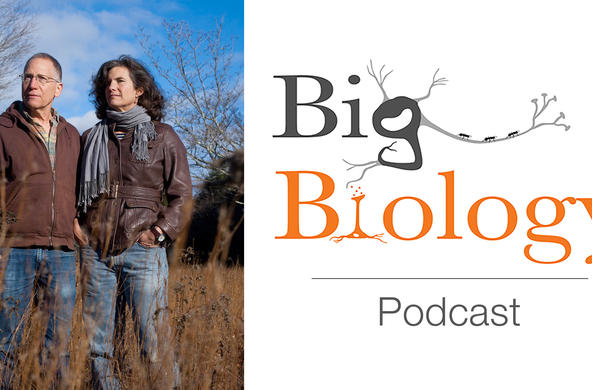Five-year effort seeks ways to kill ticks and reduce disease rates in neighborhoods
When the scientists behind an ambitious tick study began their work in April, they did not know how many Dutchess County families would be willing to grant access to their properties and personal health information.
The subjects would have to let researchers onto their yards repeatedly to collect rodents, count ticks and deploy as many as two tick-killing systems.
Then the residents would have to do homework, reporting how many ticks they encountered and whether they got sick with Lyme disease.
All of this would take place repeatedly over five years.
Felicia Keesing, a Bard College scientist who is co-directing the effort at the Cary Institute of Ecosystems Studies, said she has worked with local residents before and knows how cooperative and invested in solutions they can be.
"But this," she said, "is a whole new level of engagement. It's asking a lot more of people."
Four months after the Cary Institute announced the rigorous study, the researchers say they have reached their goal of identifying a dozen Dutchess County neighborhoods with 100 properties each where participation levels will reach as high as 50 percent.
In all, 1,100 property owners have agreed to take part, even as recruiting continues. The goal is 1,200.
Any higher, the researchers say, would be impossible due to the budgetary limitations of the $8.8 million study.
The response, Keesing said, has been "astonishing."
A high response rate is critical for a study scientists hope will identify how to do two things at the same time: Kill ticks and, as a direct result, reduce the rates of tick-borne disease across neighborhoods. The two don't always go hand in hand.
The response rate means Dutchess County could become a model for other areas affected by tick-borne disease.
Earlier this year, a surge in Lyme rates prompted the Village of Fayetteville, near Syracuse, to hire federal sharpshooters to kill white-tailed deer. The village also weighed laws that would make it easier for residents to own chickens, which might then eat the ticks.
But studies have shown that small rodents, not deer, play a much more significant role in spreading Lyme disease. And chickens, as well as guinea fowl, are not effective in reducing tick abundance, Keesing said.
The Cary study will examine two other possibilities. One is a bait box that attracts mice, chipmunks and other small rodents. When the animals go in, they are sprayed with a tick-killing agent. The critters go on their merry way, but the ticks suffer a more ominous fate.
The other method is to spray a naturally-occurring fungus that also spells curtains for the tiny arachnids.
Both are safe and commercially available, key factors in the researchers' decision to use them.
The study will determine whether disease rates fall when both, or either, of these controls are applied in roughly 50 percent of properties within a neighborhood. The scientists chose neighborhoods with high rates of infection, based on county health data.
In 2013, a Centers for Disease Control and Prevention study found no change in Lyme rates at 2,500 residences in Dutchess County, Connecticut and Maryland where yards were sprayed with a pesticide.
Since ticks can move from one yard to another by way of pets or other wildlife, the Cary scientists believe the best way to reduce disease rates within a certain area is to target the ticks across a neighborhood.
Some of the work has already begun. Keesing said researchers have begun collecting rodents and counting the number of ticks on them.
"We want to figure out how many ticks are on those critters now, before we do anything," Keesing said, "so we can get an idea of the range of variation across the whole study area."
Next August, after the properties have been treated, they will do it again.
Only this time, if all goes well, it will be much harder to find ticks.
AT A GLANCE
Following is a list of municipalities and the number of neighborhoods within them that are part of a study aimed at reducing ticks and Lyme disease rates.
Beacon: 1 neighborhood.
Hyde Park: 4.
Red Hook: 4.
Rhinebeck: 2.
Poughkeepsie (town): 8.
Poughkeepsie (city): 3.
Pine Plains: 1.
Wappinger: 1.







